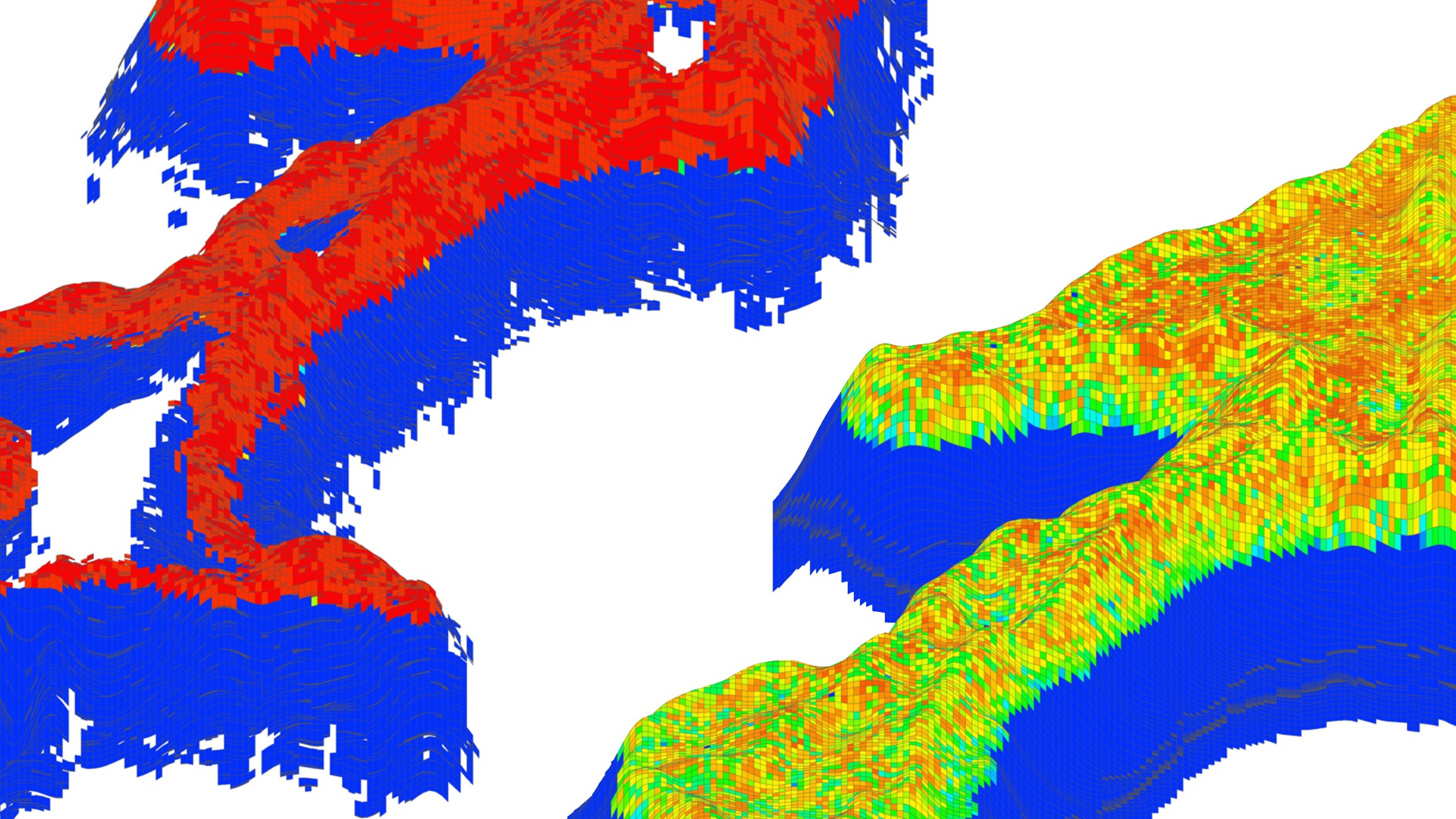Kabosu: ECHELON Software Tackles Complex Field with Flying Colors
ECHELON software tackles an extremely difficult compositional model. A demonstration of the robustness of ECHELON software.

ECHELON software tackles an extremely difficult compositional model. A demonstration of the robustness of ECHELON software.


Deep dive into our software product and its efficacy.

Evaluating the productivity enhancements of Fishbones in fractured carbonate reservoirs using high-performance cloud-based reservoir simulation.
View case study →
Workflow to manage the operational challenges in an unconventional field development requires full field simulation.
View case study →
Learn more about ECHELON's scalability test for this giant field model in the Middle East.
View case study →